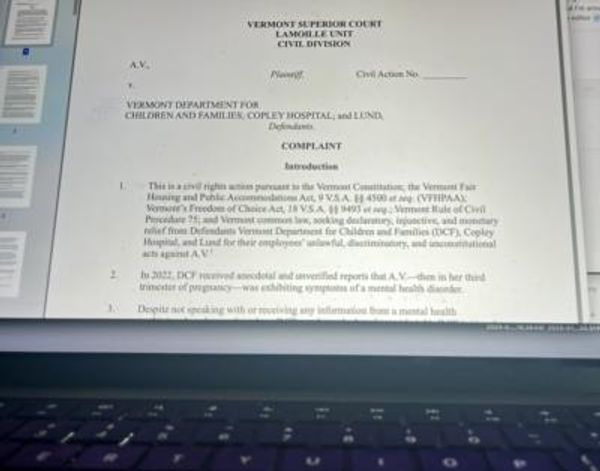Lettuces have crossed the $10 mark, milk prices are being bumped up by the major supermarkets and strawberries are $6 a punnet.
Nearly everywhere you look, the price of food and other farmed goods is on the rise.
You would be forgiven for thinking this must be a great time for Australian farmers, preferably while gazing out the window at gentle rain.
Not quite.
Prices on the rise
Understanding what's driving the price of any commodity can be a mind-bending exercise at the best of times.
The current situation is broadly due to a number of issues, the first of which has to do with the nature of the Australian growing season.
Australian vegetables come from different parts of the country depending on season. At the moment the primary supplier is Queensland.
Earlier this year some of its growing regions were smashed by two floods in 11 weeks.
Belinda Frentz is a herb grower on the state's Gold Coast and deputy chair of Australia's peak body representing vegetable growers, AUSVEG.
She said the damage to crops caused already high prices to climb even further.
"When you get a loss of that magnitude, it's not the price that's significant, it's the production loss that's associated with that," Ms Frentz said.
"Anything that increases in price is usually associated with a loss somewhere in the supply chain.
"When we're processing less than half of the volumes that we usually would, obviously the demand for that product increases exponentially and there's just not the availability of the products."
Farmers with hidden costs
Like every industry, farming has costs. There are start-up costs, such as the price of crop seed for the year, the cost of land, or the price of buying livestock.
Then there are input costs, things like fertiliser, fuel, chemicals, water and labour.
In short, they are the products necessary to do business — similar to fixed costs for personal budgets, such as rent and electricity.
These costs fluctuate naturally, but recent world events have thrown a spanner in the works.
Fertiliser costs began to spike in mid-2021 when China announced restrictions on exports, but the war in Ukraine has driven that price even higher.
The price of fuel has also been abnormally high, particularly for diesel, which is not just used in tractors, but also fuels the trucks that haul produce from the farm to processors, wholesalers and supermarkets.
The ongoing global hangover from the pandemic has also slowed Australian imports of these commodities to a crawl.
Creating a perfect storm
While each of these costs may have been manageable on their own, together they have created a perfect storm.
Ms Frentz said the costs were eating into what little profits many producers were making.
"We all know what our costs of production are and we know that they've increased," she said.
"I think the new pricing of fresh [food] will be around the input pressure costs that we've got, and that we can't do anything about.
"Like everybody at the moment under household pressures about the cost of living, growers are experiencing that across the board.
"For us to be sustainable, we have to be profitable."
A tale of two growers
But with prices so high, how much of that money is actually making it back into the pockets of growers?
Melbourne-based wholesaler Michael Piccolo believed the situation had divided growers into two distinct groups.
"You'll get a certain grower that doesn't have the yield, so basically whatever they're producing is only covering the cost of production," Mr Piccolo said.
"Then you'll have a grower who has a full crop and they just base their sales on what's going on around the Australian market.
"Certain markets like Melbourne, Brisbane and Sydney will compete against each other, so when one sets a price, everyone else has to follow suit."
Mr Piccolo also believes that, while input costs are a big part of current costs, it is competitive bidding from buyers that is driving up prices.
"I think it's a contributing factor. My opinion, though, is that it's a bit too inflated and we're about 20-30 per cent above where we really need to be."
When will prices come down?
The good news is that relief is on the horizon.
Mr Piccolo believes prices will fall as the season shifts away from Queensland growers and back towards those in southern Australia.
"The changeover of seasons happens around September to October, so a lot of these products that we have to purchase from Queensland start to come down during the Victorian season," he said.
"My prediction is that we'll start to see prices reduce more towards the mid-to-end of September, and then the Victorian growing season will kick in.
"However, I can't see it making it's way back down to the prices we've gotten used to,
"I think it will probably settle around at 10 to 20 per cent above what we are traditionally used to paying."







